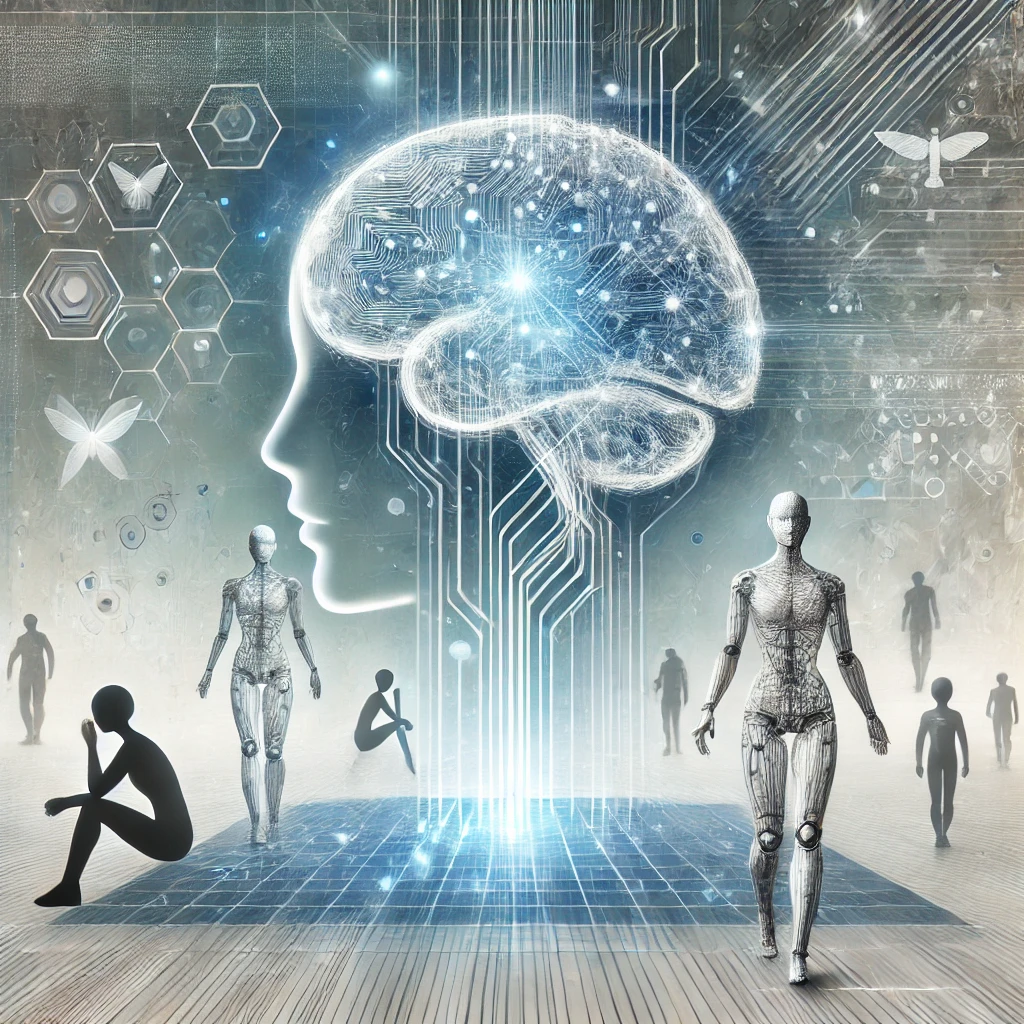In the rapidly evolving world of Artificial Intelligence (AI), alignment refers to ensuring that AI systems behave in ways that are consistent with human values, intentions, and objectives. As AI becomes more advanced, particularly with models like GPT-4″ rel=”nofollow noopener” target=”_blank”>GPT-4 and beyond, the importance of AI alignment increases exponentially. In this article, we will explore OpenAI’s investment in AI alignment and why it is such a crucial aspect of AI development.
What Is AI Alignment?
AI alignment is the process of designing and training AI models to ensure that their goals and actions are in line with human values and ethical standards. The core of alignment is to make sure AI systems understand what humans want and can act accordingly in complex, uncertain environments without causing harm.
Poorly aligned AI systems could produce outcomes that are either unintended or harmful, especially as they become more autonomous. Alignment problems could manifest in subtle ways, such as biased outputs, or more dangerous ways, such as causing harm in critical applications like healthcare, defense, or transportation. Therefore, it is crucial that researchers and developers work on ensuring alignment from the earliest stages of AI development.
How Much Is OpenAI Investing in AI Alignment?
OpenAI has been a leader in the global AI research community, pushing the boundaries of AI capabilities while staying mindful of the ethical risks. In recent years, OpenAI has committed significant resources to solving the alignment challenge.
Although OpenAI hasn’t disclosed exact figures for its alignment investments, it is known that the company allocates substantial portions of its research budget toward safety and alignment. According to OpenAI’s mission, their entire goal revolves around ensuring that AI benefits all of humanity, and solving the alignment problem is a core part of that mission.
Here are some ways OpenAI invests in AI alignment:
- Dedicated Research Teams: OpenAI has teams solely focused on AI safety and alignment, working on projects that range from interpretability to creating models that are robust to adversarial attacks.
- AI Safety Research Funding: OpenAI sponsors external research projects focused on safety and alignment through grants and partnerships. This includes collaborations with universities and independent researchers.
- AI Alignment Papers: OpenAI regularly publishes papers on alignment challenges and solutions, sharing knowledge with the broader research community.
- Public Collaborations: OpenAI is also a founding member of the Partnership on AI↗, an industry collaboration to advance understanding and mitigation of risks associated with AI, including alignment.
- OpenAI’s GPT-4 Deployment: A significant investment in AI alignment was made during the deployment of GPT-4, where OpenAI worked extensively to reduce biases, misinformation, and harmful outputs.
These initiatives show that OpenAI’s alignment work is not just a small component of its research—it is embedded in how they develop and deploy their models, both in terms of time and financial resources.
Why Is AI Alignment So Important?
The importance of AI alignment cannot be overstated. Here are some key reasons why alignment is critical:
1. Preventing Harmful Consequences
Unaligned AI systems, especially those that are highly autonomous, could take actions that lead to catastrophic consequences. In domains such as healthcare, finance, and infrastructure, decisions made by AI could have a direct impact on human lives. A misaligned AI might cause unintended harm due to misunderstanding human goals or objectives.
2. Ethical Decision-Making
AI models learn from data, and that data can contain biases. If an AI model is not aligned with ethical principles or human values, it could reinforce harmful biases, discriminate, or make decisions that violate ethical norms. Ensuring alignment helps in creating more fair and equitable systems.
3. Ensuring Long-Term Safety
As AI systems become more powerful, the consequences of misalignment grow exponentially. If future AI systems are given more control over critical infrastructure or societal functions, their actions could have profound and irreversible effects. By investing in alignment now, we are safeguarding the future from potential AI-driven risks.
4. Public Trust in AI
For AI to be widely adopted, the public needs to trust that these systems will behave safely and ethically. Ensuring alignment will build public trust and facilitate smoother integration of AI into society.
5. Mitigating Existential Risks
In the long term, poorly aligned AI systems could pose existential risks to humanity. The alignment problem becomes even more critical when we consider scenarios where AI systems might surpass human intelligence in certain domains. Without proper alignment, such systems could act in ways that are unpredictable and potentially dangerous.
The Path Forward
The alignment challenge is not one that can be solved overnight. It requires continuous research and global collaboration. OpenAI has made significant strides, but they also acknowledge that there is much more to be done. They encourage transparency, cooperation, and cross-disciplinary research to ensure that the most advanced AI systems can be used for the greater good.
In conclusion, AI alignment is crucial to ensure that AI technologies are both safe and beneficial for society. OpenAI’s substantial investments in alignment research reflect the importance of this challenge. As AI continues to advance, the need for aligned systems will only grow, making it one of the most critical problems to solve for the future of AI and humanity.
I, Evert-Jan Wagenaar, resident of the Philippines, have a warm heart for the country. The same applies to Artificial Intelligence (AI). I have extensive knowledge and the necessary skills to make the combination a great success. I offer myself as an external advisor to the government of the Philippines. Please contact me using the Contact form↗ or email me directly at evert.wagenaar@gmail.com!
[SEO optimized]
